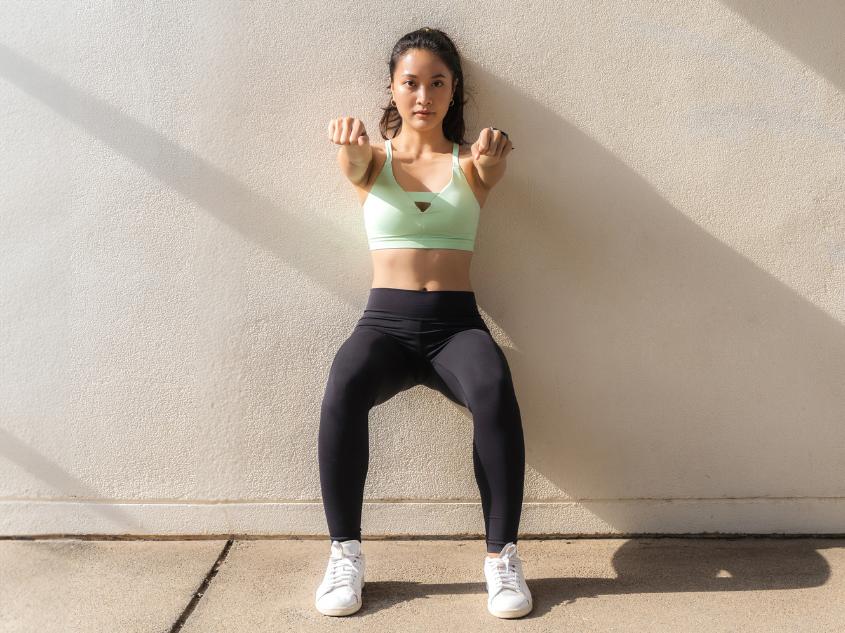In this article, we’ll provide an all-encompassing rundown of walking versus running, including an explanation of why both are important, their benefits and drawbacks, and how to decide which is the best exercise for you.
The Pros and Cons of Walking and Running
Both walking and running offer numerous health benefits, but each has its pros and cons. Walking is a low-impact form of aerobic exercise, which is easier on your joints than running. It can be done anywhere, at any time, with little to no equipment, making it accessible for people of all ages and fitness levels. It may not burn as many calories as running, but it can still help with weight loss and improve mental health. However, walking may not be as effective for improving cardiovascular health as running, and it may not be challenging enough for those looking for a high-intensity workout.
Running, on the other hand, is a high-impact form of aerobic exercise that burns more calories than walking, making it an effective weight-loss tool. Not only is it more effective at improving cardiovascular health than walking, but it can also improve endurance and your fitness level, by including high-intensity workouts, such as hill intervals, tempo runs, or speed work.
Running may provide a sense of accomplishment and improve mental health. However, it requires more effort and may be less accessible for those who are older, overweight, or have joint problems. Running also carries a higher risk of injury, particularly to the knees, hips, and ankles.
Pros of Walking:
- Low-impact exercise, which is easier on your joints than running.
- Can be done anywhere, at any time, with little to no equipment.
- Suitable for people of all ages and fitness levels.
- Can help lower blood pressure, reduce the risk of chronic diseases, and improve mental health.
Cons of Walking:
- May not burn as many calories as running.
- May not be as effective for improving cardiovascular health as running.
- May not be challenging enough for those looking for a high-intensity workout.
Pros of Running:
- Burns more calories than walking, making it an effective weight loss tool.
- More effective at improving cardiovascular health than walking.
- Can be a high-intensity workout, which can improve endurance and fitness levels.
- May provide a sense of accomplishment and improve mental health.
Cons of Running:
- Higher-impact exercise which may increase the risk of injury, particularly to the knees, hips, and ankles.
- Requires more effort and may be less accessible for those who are older, overweight, or have joint problems.
- May not be suitable for those who don't enjoy high-intensity workouts or have pre-existing medical conditions.
How to Decide Which Is the Best Exercise for You
When deciding whether to walk or run, consider the following factors:
Fitness level - If you are new to exercise or have joint problems, walking may be a better option.
Goals - If your goal is to lose weight or improve cardiovascular health, running may be more effective.
Time and accessibility - Walking requires little to no equipment and can be done anywhere, making it more accessible than running, which may require a gym membership or specialized equipment.
Enjoyment - Choose an activity that you enjoy and are more likely to stick to long-term.
How to Incorporate Walking and Running into Your Exercise Routine
If you’re considering adding walking or running to your exercise routine, here are some tips to help you get started:
-
Start Slow: Whether you’re a beginner or a seasoned athlete, it’s important to start slow and gradually increase your intensity and distance. If you’re new to walking or running, start with short distances or intervals and gradually increase as your body adapts.
-
Wear the Right Shoes: Wearing proper footwear can help prevent injuries and make your walking or running experience more comfortable. Choose shoes that fit well and provide adequate support for your feet and ankles.
-
Warm Up and Cool Down: Before and after your walking or running session, be sure to warm up and cool down to help prevent injuries and soreness. Stretching can help improve your flexibility and range of motion.
-
Mix it Up: To keep your workouts interesting and challenging, mix up your routine with different types of walking or running sessions. Try hill intervals, tempo runs, or speed work to add variety to your workouts.
- Listen to Your Body: If you experience pain or discomfort during your walking or running session, it’s important to listen to your body and adjust your routine as needed. Pushing through pain can lead to injuries and setbacks.
Walking and running are both excellent forms of exercise that offer a range of health benefits. Whether you’re looking to lose weight, improve your cardiovascular health, or simply enjoy the outdoors, both walking and running can help you achieve your goals.
While running may burn more calories and offer more intense cardiovascular benefits, walking is a low-impact form of exercise that can be easier on your joints and even be more enjoyable.
Ultimately, the best exercise for you is the one that you enjoy and can stick to in the long term. So, lace up your shoes and hit the pavement – whether you’re walking or running, you’re doing your body a world of good.
Keep reading: Debunking Workout Myths: What No One Tells You



